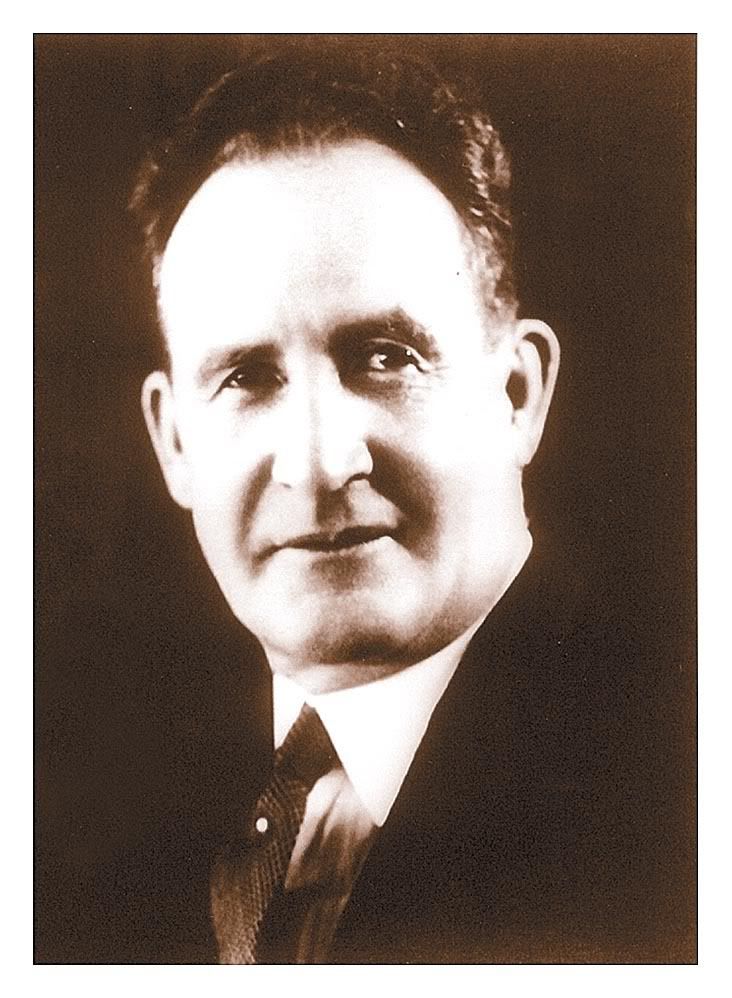I got in the habit of gratitude a couple of years ago. Before then, from time to time I'd think about how grateful I was for one blessing or another, but it wasn't a habit.
These days, before my feet hit the floor every morning, I think of three--and only three--things for which I'm grateful. I call these "The Gratitudes." There's no rhyme or reason to what pops into my head on any given morning and just like the three below, they don't often go together. I have to tell you, sometimes I wonder why a particular gratitude shows up, but I take the first three and offer thanks for them and try not to question it too much.
This week, in honor of the Thanksgiving holiday, I'm sharing today's three gratitudes with you.
This week, in honor of the Thanksgiving holiday, I'm sharing today's three gratitudes with you.
1. I'm grateful that I was talked into participating in the World Wide Photo Walk by my friend, Karen Bain. (See photo above.) There's nothing like walking through one of the cities I love, cell phone in hand, snapping pictures. I'm STILL looking at things differently. I can't think of a better way for a writer, or anyone else, to start noticing things we usually race past.
2. I'm grateful I've been able to speak to quite a few elementary school students about Betty Tales: The True Story of a Brave Bobblehead Cat and get them yelling "climb those stairs!" as they learn about my bobblehead cat, goals, obstacles, and determination. There were goosebumps on my arms and tears in my eyes when a teacher told me about one of her students who had faced what was, for him, a huge obstacle. He was in the middle of trying to learn a part for a school production when I showed up with videos of Miss Betty and her message of persistence. When he nailed his part in the production, he turned to his teacher and said, "I really climbed those stairs, didn't I?"
3. I'm grateful Sir Harry Oakes bought the Winter Golf Club from Harry Kelsey in the early history of Palm Beach County thereby becoming part of my childhood memories and nightmares. I'm not sure what I would be writing about if I hadn't grown up studying the upstairs windows of the mansion for signs of his ghost. Talk about lighting up an imagination!
I could go on naming gratitudes quite a while--my wonderful friends and family, for example--but my rules keep me at the first three that pop in my head on any given morning. It's hard to stop when I start counting blessings instead of disasters. I'd be willing to bet you'd have a hard time stopping, too.
This Thanksgiving, I hope you and yours have a wonderful, peaceful holiday loaded with gratitudes.
And for those of you who follow my blog from foreign lands where this uniquely American holiday isn't celebrated, I'm grateful for you and your support of this blog and hope your week is a great one, too.
Oops! Another gratitude! There's no stopping!





